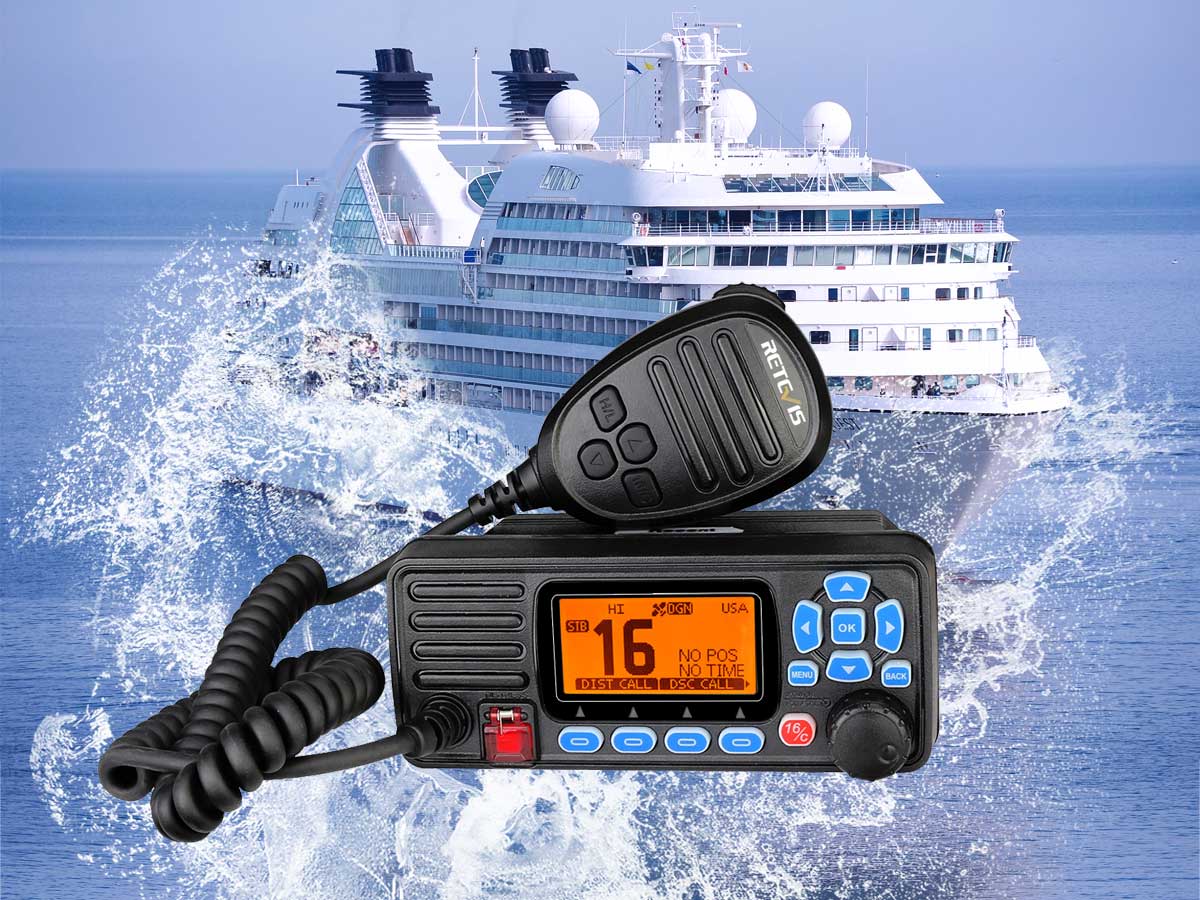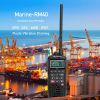Learn about the VHF marine radio in advance

What do you do when you are trapped fishing on the island? What happens when your ship suddenly runs out of oil? At this time, if you don't bring any communication equipment, you can only listen to fate. If you bring it, Congratulations, you can get help. Of course, if you use a mobile phone at this time, pray that it has a signal, otherwise it can only be a toy. If you have a marine VHF radio in your hand, you can be happy. Of course, you need to know how to use it. Therefore, before going out to play, you need to know something about marine VHF radio. Your VHF marine radio is your communication lifeline so it is important to remember that you:
Do not transmit unnecessarily
Listen before transmitting and avoid interfering with other stations
Use one of the following calling distress channels:
27MHz channel 88
VHF channel 16
HF frequencies 4125, 6215 and 8291KHz
Maintain best contact channel or frequency and be guided by the coast or limited coast station when sending distress messages
Arrange to switch to a working channel once you have made contact with the person you called for non-distress messages
Always use your call sign or the name of the vessel for identification – use of given names or surnames is not permitted
Keep messages brief and clear
Be familiar with the type and syntax of emergency, urgency and safety messages
State your position, the nature of the distress, the time afloat, the type of vessel and the number of people involved if making a distress call
Stop transmitting when requested to do so by a coast station.
If you want to know more about VHF marine radio knowledge, please follow our official Facebook or Twitter.






